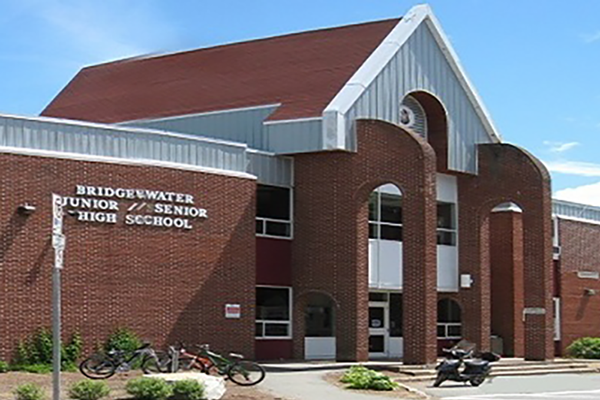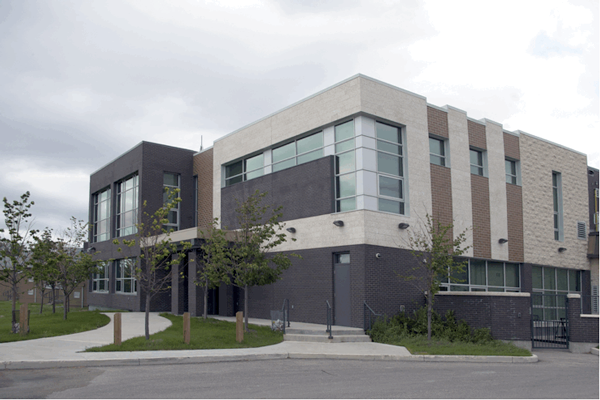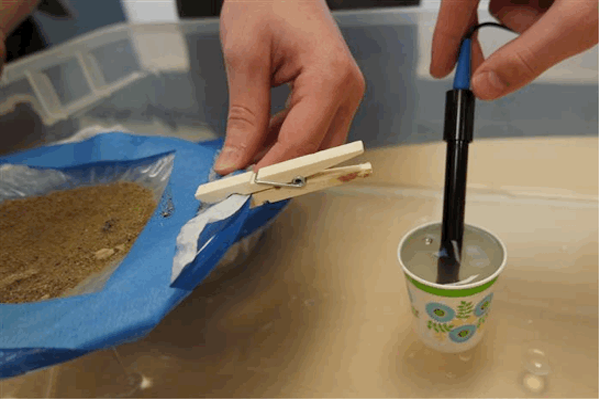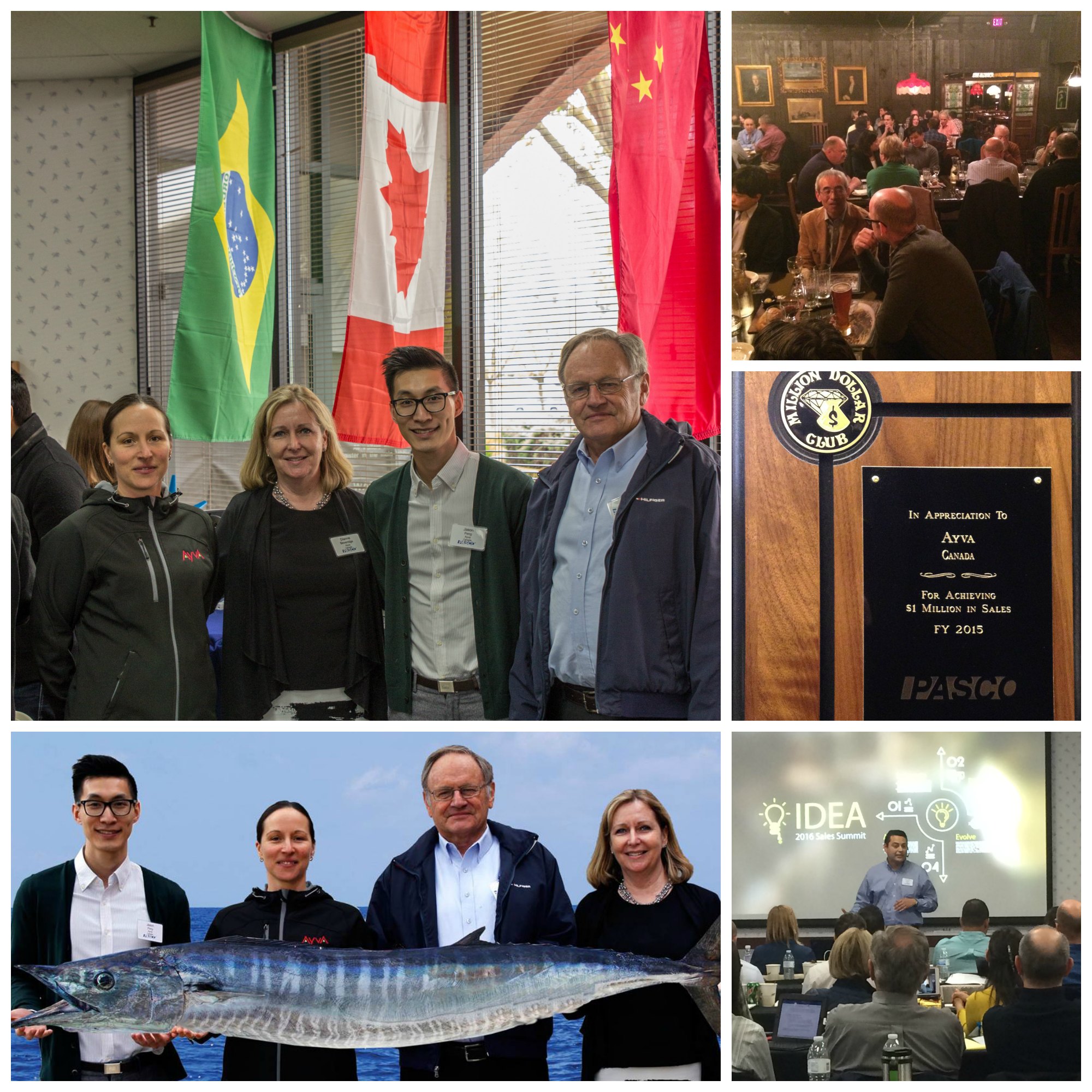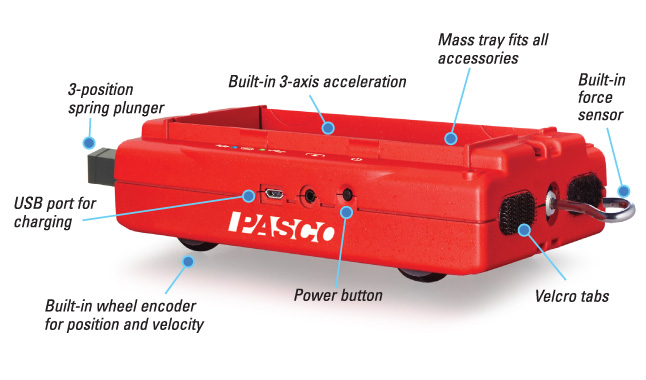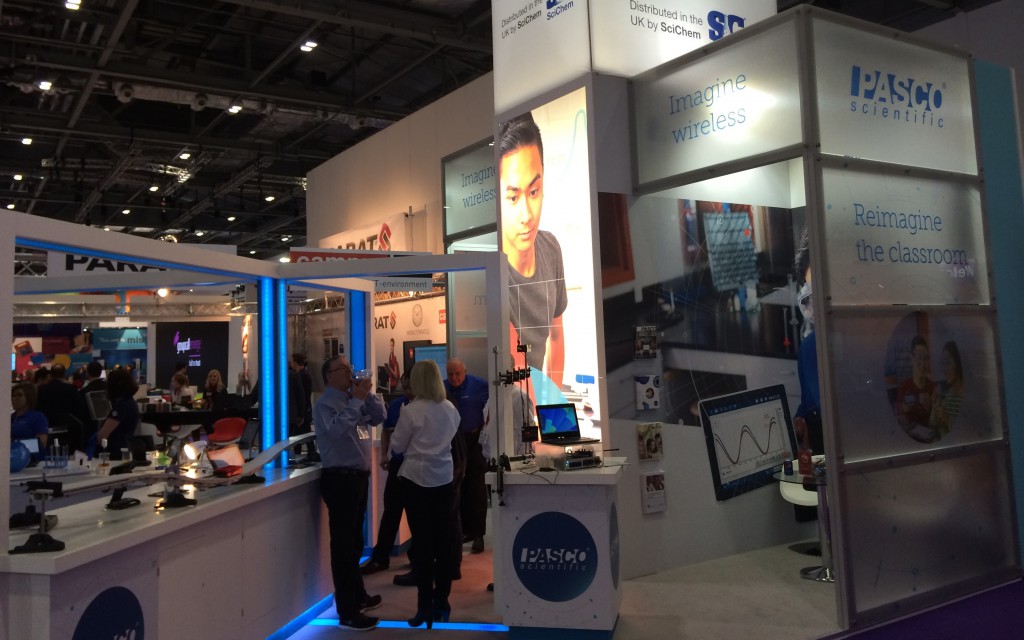Students Teaching Parents – Tech Night at Bridgewater Elementary
Overview
As a progressive science teacher at Bridgewater Elementary School in Nova Scotia, Tony Eisnor has been providing his students with the opportunity to experience hands-on science. This year, the province has made a significant investment in PASCO sensor kits, equipping every single elementary school with multiple sensors and access to SPARKvue software. “My students volunteered to put on an evening presentation for parents, demonstrating the PASCO general science sensor and the weather sensor connected to iPads,” says Tony. “Every year we put on a demonstration showing how the students are using iPad technologies in the classroom for the next year’s grade 5 parents. This year we incorporated the PASCO sensors and they were a big hit.”
Investigation
“A pair of students demonstrated the use of the general sensor using the temperature probe and did an experiment using alcohol, water and mineral oil to show the different evaporation rates of liquids. The resulting data was broadcast live to the parents in the audience using the schools’ Apple TV connected to a digital projector. Another student showed how the weather sensor with anemometer is used in the grade 5 curriculum, to gather data on wind speed and gusts as well as humidity. He demonstrated the data logging capabilities of the equipment as well.”
Outcome
“When the presentation was complete, parents only had one question: ‘How many of the airlinks and sensors does the school currently have and are there plans to purchase more?’” A very successful introduction to the new technologies developed by PASCO and put into Nova Scotia classrooms!
PASCO Products
- Sparkvue Software – FREE
- Airlink – PS-3200
- General Science Sensor – PS-2168
- Weather Sensor – PS-2154A
- Weather/Anemometer PS-2174

